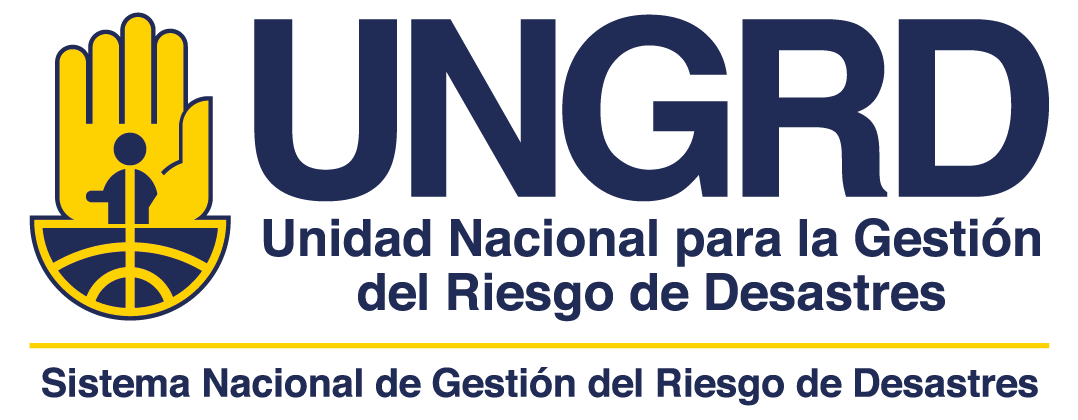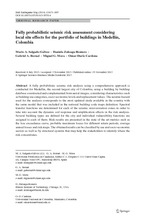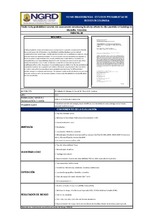Mostrar el registro sencillo del ítem
Fully probabilistic seismic risk assessment considering local site effects for the portfolio of buildings in Medellin, Colombia
| dc.creator | M. Salgado | |
| dc.creator | D. Zuloaga | |
| dc.creator | G. Bernal | |
| dc.creator | M. Mora | |
| dc.creator | O.D. Cardona | |
| dc.date.accessioned | 2016-07-28T13:29:01Z | |
| dc.date.available | 2016-07-28T13:29:01Z | |
| dc.date.issued | 2013 | |
| dc.identifier.citation | M. Salgado, D. Zuloaga, G. Bernal, M. Mora, O.D. Cardona. (2013). Fully probabilistic seismic risk assessment considering local site effects for the portfolio of buildings in Medellin, Colombia . Barcelona. Bulletin of Earthquake Engineering | |
| dc.identifier.uri | http://hdl.handle.net/20.500.11762/19791 | |
| dc.description.sponsorship | Universitat Politécnica de Catalunya, Universidad Nacional sede Manizales | |
| dc.format | Digital (.pdf) | |
| dc.language.iso | en | |
| dc.publisher | Bulletin of Earthquake Engineering | |
| dc.source | reponame:Repositorio Institucional Unidad Nacional para la Gestión del Riesgo de Desastres | spa |
| dc.source | instname:Unidad Nacional para la Gestión del Riesgo de Desastres | spa |
| dc.subject | Probabilistic seismic risk analysis | |
| dc.subject | local site effects | |
| dc.subject | loss exceedance curve | |
| dc.subject | averagu annual losses | |
| dc.subject | probable maximum losses | |
| dc.title | Fully probabilistic seismic risk assessment considering local site effects for the portfolio of buildings in Medellin, Colombia | |
| dc.type | info:eu-repo/semantics/article | spa |
| dc.description.departamento | BARCELONA | |
| dc.type.spa | Artículo de investigación | |
| dc.rights.accessRights | info:eu-repo/semantics/openAccess | spa |
| dc.description.abstractenglish | A fully probabilistic seismic risk analysis using a comprehensive approach isconducted for Medellin, the second largest city of Colombia, using a building by buildingdatabase constructed and complemented from aerial images, considering characteristics suchas building use categories, socio-economic levels and replacement values. The seismic hazardused for the analysis corresponds to the most updated study available in the country withthe same model that was included in the national building code maps definition. Spectraltransfer functions are determined for each of the seismic microzonation zones in order totake into account the dynamic soil response and amplification effects in the risk analysis.Several building types are defined for the city and individual vulnerability functions areassigned to each of them. Risk results are presented in the state of the art metrics such asthe loss exceedance curve, probable maximum losses for different return periods, averageannual losses and risk maps. The obtained results can be classified by use and socio-economicsectors as well as by structural systems that may help the stakeholders to identify where therisk concentrates. | |
| dc.identifier.doi | 10.1007/s10518-013-9550-4 | |
| dc.relation.publisherversion | - | |
| dc.type.hasVersion | info:eu-repo/semantics/acceptedVersion | spa |




